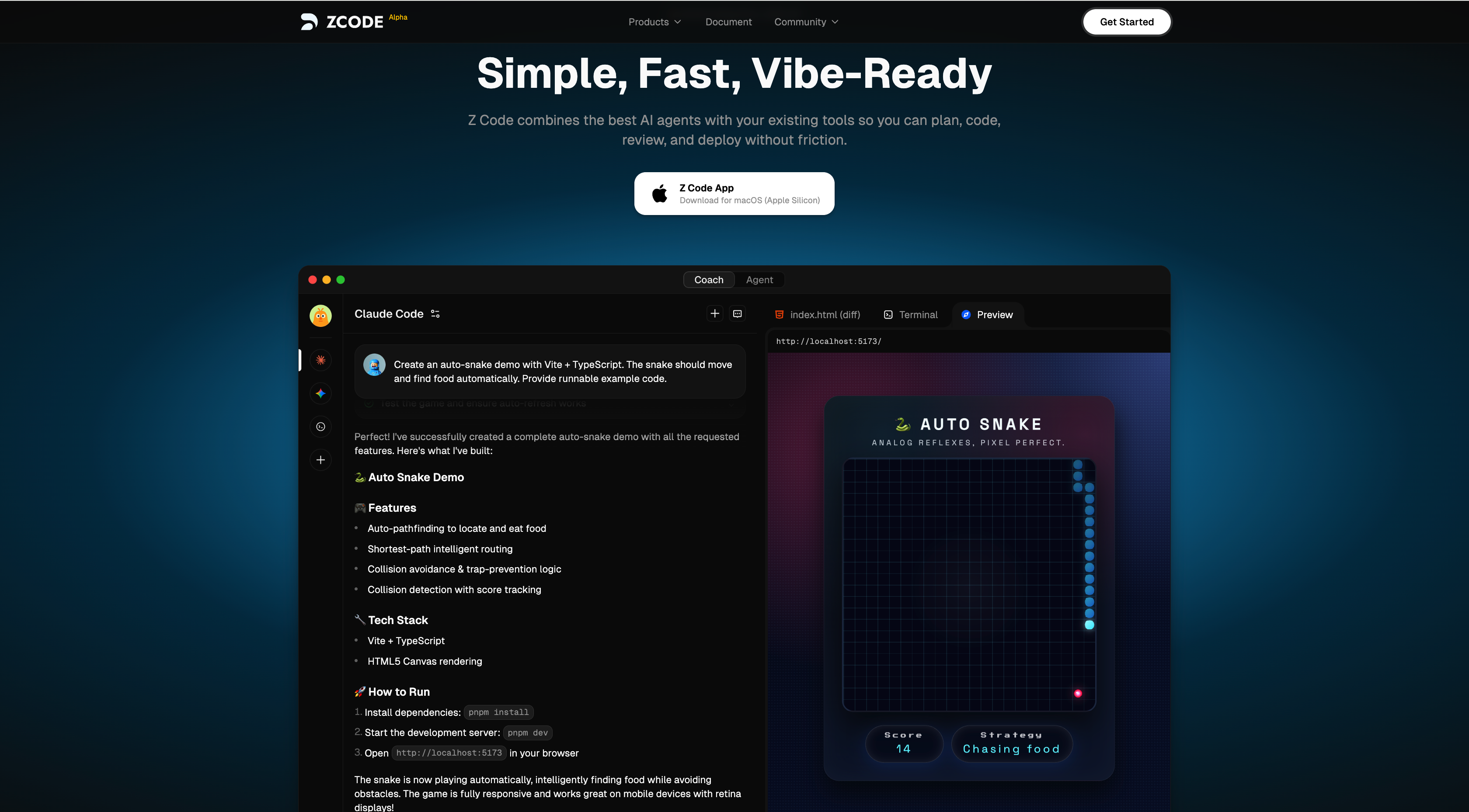In the realm of game development, large models are increasingly becoming indispensable "think tanks," encompassing everything from generating AI characters to scene construction.
However, despite their remarkable capabilities, there is still room for improvement in their understanding of game scenes, image recognition, and content description. To tackle these challenges, a research team from Alberta, Canada, has不甘落后,introduced an open-source large model specifically designed for games — VideoGameBunny (abbreviated as "VGB").

Key Features
- Support for multiple languages: Capable of processing and generating content in various languages, suitable for international applications.
- Highly customizable: Allows adjustments to model parameters and configuration files based on specific needs.
- Robust text generation capabilities: Generates coherent and natural dialogues, making it excel in games and chatbot applications.
- Open-source and easily accessible: Available on the Hugging Face platform, enabling anyone to use and contribute.
- Compatibility with multiple development environments: Supports popular programming languages like Python, facilitating integration into different projects.
- Rich model files: Provides model files in various formats, supporting different training and applications.
- Active community support: Users can seek help and engage in technical sharing and collaboration within the community.
Project link: https://huggingface.co/VideoGameBunny/VideoGameBunny-V1/tree/main
VGB holds immense potential, acting as a smart visual AI assistant that can understand game environments and provide instant feedback. In open-world AAA games, it can help players quickly identify key items or answer various questions, significantly enhancing interaction and immersion.
Moreover, VGB can analyze large volumes of game images, detecting rendering errors and inconsistencies in the physics engine, serving as a valuable assistant for developers in debugging and anomaly detection.
Applicable Scenarios
- Game dialogue systems: Can be used to develop more natural and intelligent NPC dialogues, enhancing player immersion.
- Educational applications: Generates interactive content or exercises for educational software, improving learning efficiency.
- Customer service chatbots: Applied in online customer service systems, providing real-time support and answers.
The foundation of VGB is the Bunny model, a highly efficient and low-consumption "good companion." Inspired by LLaVA, it uses a multi-layer perceptron network to convert visual information from a strong pre-trained visual model into image tokens, ensuring efficient data processing by the language model. The Bunny model supports image resolutions up to 1152×1152 pixels, crucial for handling game images that contain a wide range of visual elements, from small UI icons to large game objects. Its multi-scale feature extraction capabilities significantly enhance VGB's understanding of game content.
To enable VGB to better comprehend game visuals, the research team adopted Meta's open-source LLama-3-8B as the language model, combined with the SigLIP visual encoder and S2 wrapper. This combination allows the model to capture visual elements at different scales within games, from tiny interface icons to large game objects, providing rich contextual information.
Additionally, to generate instruction data matching game images, researchers utilized advanced models including Gemini-1.0-Pro-Vision, GPT-4V, and GPT-4o. These models generated various types of instructions, such as short and detailed titles, image-to-JSON descriptions, and image-based Q&A, helping VGB better understand player queries and commands.










